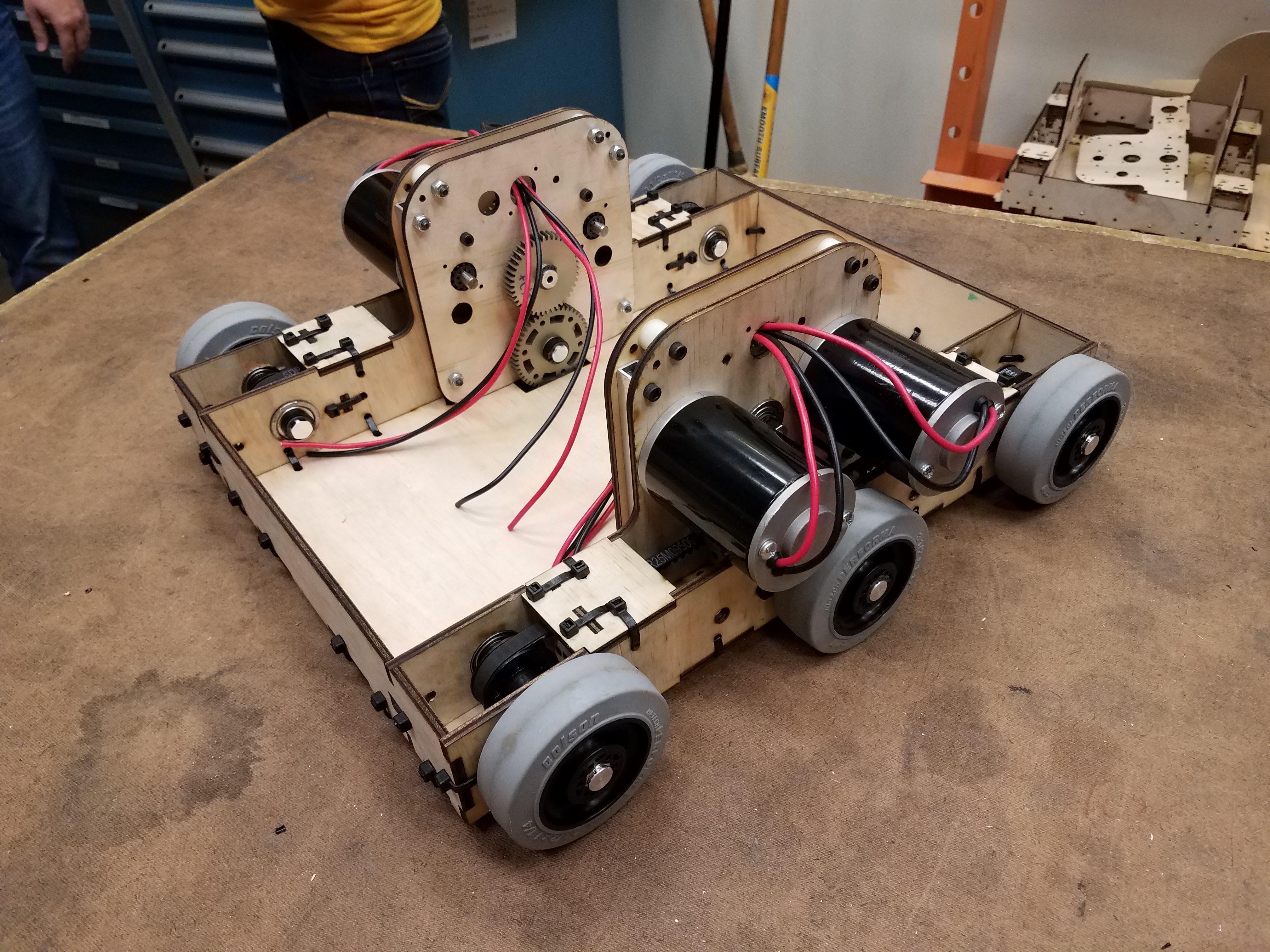Woodie Flowers submission 2019
Triple Helix students are proud to publish this Woodie Flowers Award nominating essay for our mentor Nate Laverdure.
Nate Laverdure joined Triple Helix six years ago and took on the role of head coach the following year. As a cryogenics mechanical engineer at Jefferson Labs, he is extremely valuable to the team as a whole, serving as the primary coordinator of Triple Helix activities in the community. As head coach, Nate has transformed the team’s structure to put students in leadership positions and has moulded the atmosphere into an incredibly friendly and inclusive environment. The relationship he has with students is respectful and comfortable, so much so that students refer to him by his first name. The amount of time and work he has dedicated to Triple Helix is inspiring to mentors and students alike.
Nate emphasizes the mentality of continuous improvement by organizing team meetings before and after competitions in which we reflect on the positives and negatives of our team’s performance at events. He also introduced System Integration Meetings, in which students from different subteams communicate their progress on team projects during the build season. These meetings maximize communication across the team and encourage students to communicate consistently in work environments. “Nate keeps everyone on the same page with emails and on slack, he leads the team in meeting about competition and makes sure everyone understands what’s going on,” says Sigrid.
Nate encourages learning by asking students to brainstorm how they would solve a problem rather than giving an outright answer. He motivates students through guided problem solving and ensures that students take on most of the projects and are recognized for doing so. “Nate makes the whole challenge and competitions less stressful by focusing on solving current problems instead of just winning,” said Eric. He also prioritizes assisting other teams in and out of competitions, sending pit crew members to other teams in need of a helping hand as well as collaborating with local teams in the off-season. To address the lack of practice space, Nate founded the Peninsula STEM Gym as a place where local teams can practice and collaborate.
At the start of each season, Nate presents the team with a list of priorities that need to be respected, including self, homework, and robotics. The purpose of this exercise is to establish a team mentality of balancing personal health and extracurricular activities. By impressing upon the students the importance of a balanced life, Nate encourages us to refrain from physical and mental overexertion, in the shop or at home. Nate serves as a model for students to emulate, as well as a resource, often teaching students physics and helping with other homework.
He’s influenced the team culture in a truly unforgettable and incredible way, provided a safe space for students to be completely expressive, and helped the team culture grow from that of a workplace into a family. Nate is not only our mentor, he is our friend.


